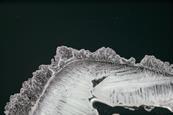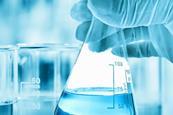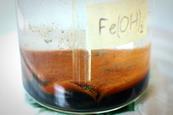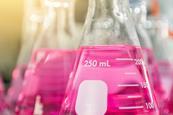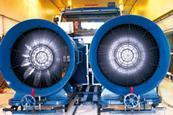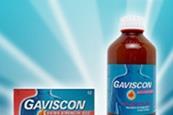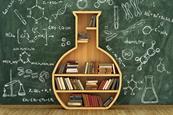- Home
- I am a …
- Resources
- Collections
- Remote teaching support
- Starters for ten
- Screen experiments
- Assessment for learning
- Microscale chemistry
- Faces of chemistry
- Classic chemistry experiments
- Nuffield practical collection
- Anecdotes for chemistry teachers
- Literacy in science teaching
- More …
- Climate change and sustainability
- Alchemy
- On this day in chemistry
- Global experiments
- PhET interactive simulations
- Chemistry vignettes
- Context and problem based learning
- Journal of the month
- Chemistry and art
- Classic chemistry demonstrations
- In search of solutions
- In search of more solutions
- Creative problem-solving in chemistry
- Solar spark
- Chemistry for non-specialists
- Health and safety in higher education
- Analytical chemistry introductions
- Exhibition chemistry
- Introductory maths for higher education
- Commercial skills for chemists
- Kitchen chemistry
- Journals how to guides
- Chemistry in health
- Chemistry in sport
- Chemistry in your cupboard
- Chocolate chemistry
- Adnoddau addysgu cemeg Cymraeg
- The chemistry of fireworks
- Festive chemistry
- Collections
- Education in Chemistry
- Teach Chemistry
- Events
- Teacher PD
- Enrichment
- Our work
- More navigation items
Rates of reaction
Classroom resources featuring activities from our Rates of Reaction Chemistry for NQTs professional development course for teachers
This collection is most valuable to those who have attended this course and wish to put into practice with their students some of the ideas and activities presented as part of that event. Please note that this list is not exhaustive; not all trainer activities have a corresponding classroom resource. In some circumstances there is variation between the training resource and classroom resource.
Kinetics starters 16–18
Use this Starter for ten to help embed kinetics theories including collision theory and the Maxwell-Boltzmann distribution.
What is a chemical reaction? | 11-14 years
Explore the key idea that chemical reactions produce one or more new substances while conserving matter in this lesson plan with activities for 11–14 year olds.
The effect of temperature on reaction rate
Discover more about collision theory in this practical, where a sodium thiosulfate and hydrochloric acid mixture produce an interesting reaction. Includes kit list and safety instructions.
The effect of concentration on reaction rate
Students react sodium thiosulfate solution is reacted with acid – a sulfur precipitate forms. The time taken for a certain amount of sulfur to form can be used to indicate the rate of the reaction. Contains kit list and safety instructions.
Observing chemical changes
Try this microscale practical to explore the chemical changes in displacement, redox and precipitation reactions. Includes kit list and safety instructions.
Burning milk powder
Gather a Bunsen burner, and some common powdered milk to help students grasp the ideas of surface area and reaction rates. Includes kit list and safety instructions.
A visible activated complex
A simple demonstration of catalysis also introducing the idea of an activated complex and to allow discussion of the mechanism of catalysis. Includes kit list and safety instructions.
The evolution of catalytic converters
From early smog problems to modern concerns about air pollution, catalysts pave the way in controlling the emissions from combustion engines
Chemistry in your cupboard: Gaviscon
Link the post-16 topics of acid and base neutralisation, weak acids, bonding and carboxylic acids to the topic of antacids. Learn about a range of real life contexts for these chemical ideas through written material, and questions to encourage learning and test understanding.
Chemistry in our community
Ready-made Careers Presentations: Chemistry in our community
Nucleophilic substitution reaction mechanisms | 16-18 years
Help your students explore the mechanism for an organic nucleophilic substitution reaction using this lesson plan with activities for 16–18 year olds.
Iodine clock demonstration video
A video and teacher notes providing an introduction to reaction rates and kinetics, in which a colourless solution changes to dark blue.













